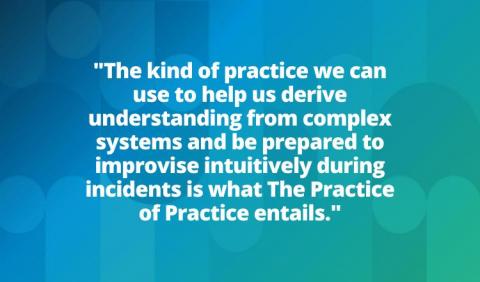Operations | Monitoring | ITSM | DevOps | Cloud
Latest News
What the Ideal Incident Lifecycle Should Be
Today’s organizations are managing increasingly complex IT ecosystems and pressured to deliver on innovation—all while trying to maintain service performance and reliability to keep up with the always-on digital economy. With IT complexity growing exponentially, incidents have become a common, if not day-to-day struggle for many businesses. Incident management is the process or method that modern organizations use to prepare for and respond to service disruptions.
The Universal Language: Reliability for Non-Engineering Teams
Building an SRE Team with Specialization
The Human Side of Being On-call: 5 Lessons for Managing Stress, Anxiety, and Life While Being On-call
Within DevOps, we talk a lot about the on-call process—but what about the human side of being on-call? For example, what are effective ways of managing stress and anxiety during a shift? How can one manage life situations that make being on-call difficult—such as being responsible for watching the kids during an on-call rotation? And how can an empathic team culture help prevent burnout and turnover?
How to Effectively Lead High-Performing Engineering Teams
The overall theme is high-performing engineering teams are generally the ones that humanize the process. Whether you’re trying to increase productivity or release better-quality code, the biggest piece of advice is to lead with empathy.
Stakeholder Notifications
Major Incident Notifications
Squadcast + Amazon EventBridge: Routing Alerts Made Easy
7 Incident Management Best Practices for Long Term Success
Incidents can have a massive impact on your operations, negatively affecting customers, employees, and stakeholders. Preparing in advance is the best way to restore normal service operations as quickly as possible.










